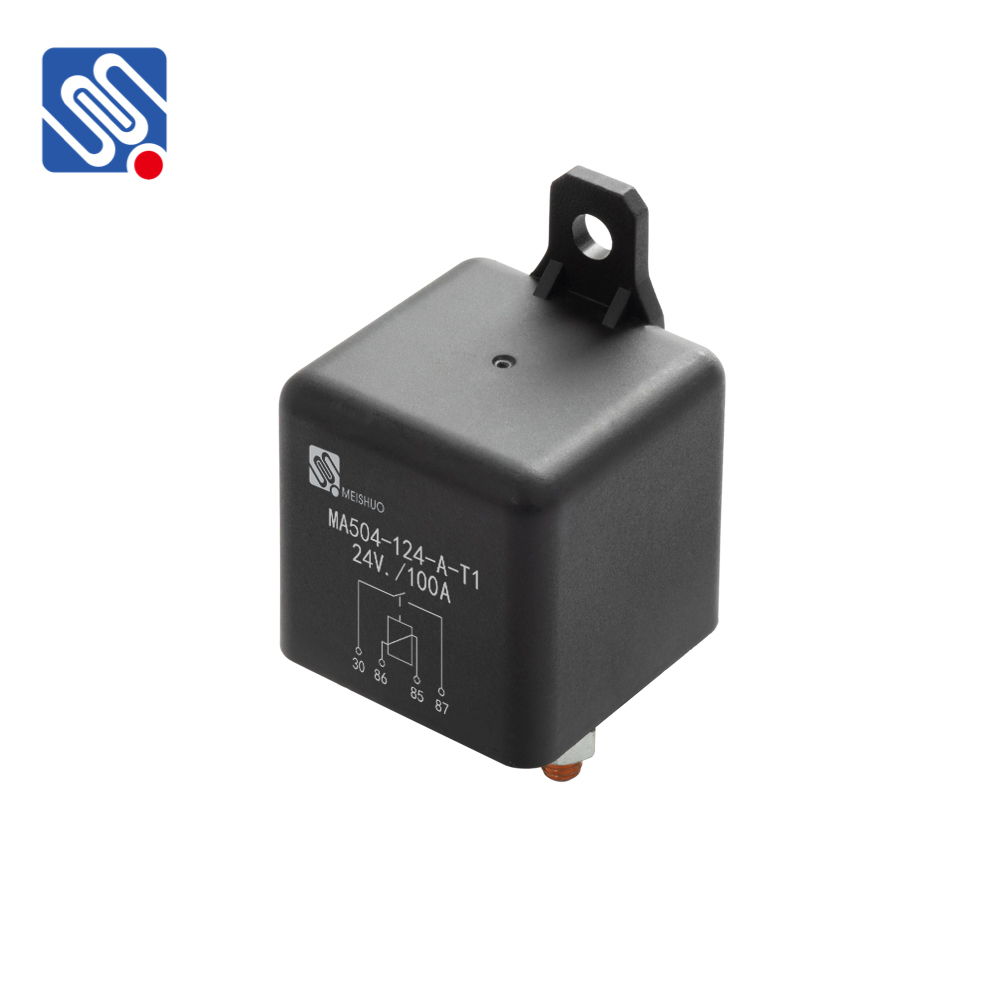A 12V 100A relay is an essential electrical component used in a wide range of applications, particularly when there is a need to control high-power circuits using a low-power signal. Relays are electromagnetic switches that open and close under the control of an electrical current, and a 12V 100A relay is designed to switch high-current loads of up to 100 amperes, while operating at a 12V DC input voltage. This article explores the importance, working principle, applications, and benefits of using a 12V 100A relay in various electrical systems.

What is a 12V 100A Relay? A relay is essentially a switch that allows a low-voltage electrical circuit to control a high-voltage or high-current load without direct contact. A 12V 100A relay, specifically, operates on a 12V DC control circuit and can switch high-current loads up to 100 amperes, which is considerably higher than what most relays are typically designed to handle. These relays are widely used in automotive, industrial, and renewable energy applications due to their robustness and ability to handle substantial power demands. Working Principle The working principle of a 12V 100A relay is relatively straightforward. At its core, the relay consists of an electromagnet, a set of contacts, and a spring mechanism. When a small current (12V DC) is passed through the electromagnet, it generates a magnetic field that attracts a metal armature. This movement either closes or opens the contacts, depending on the design of the relay. The contacts are responsible for completing or interrupting the high-current circuit.